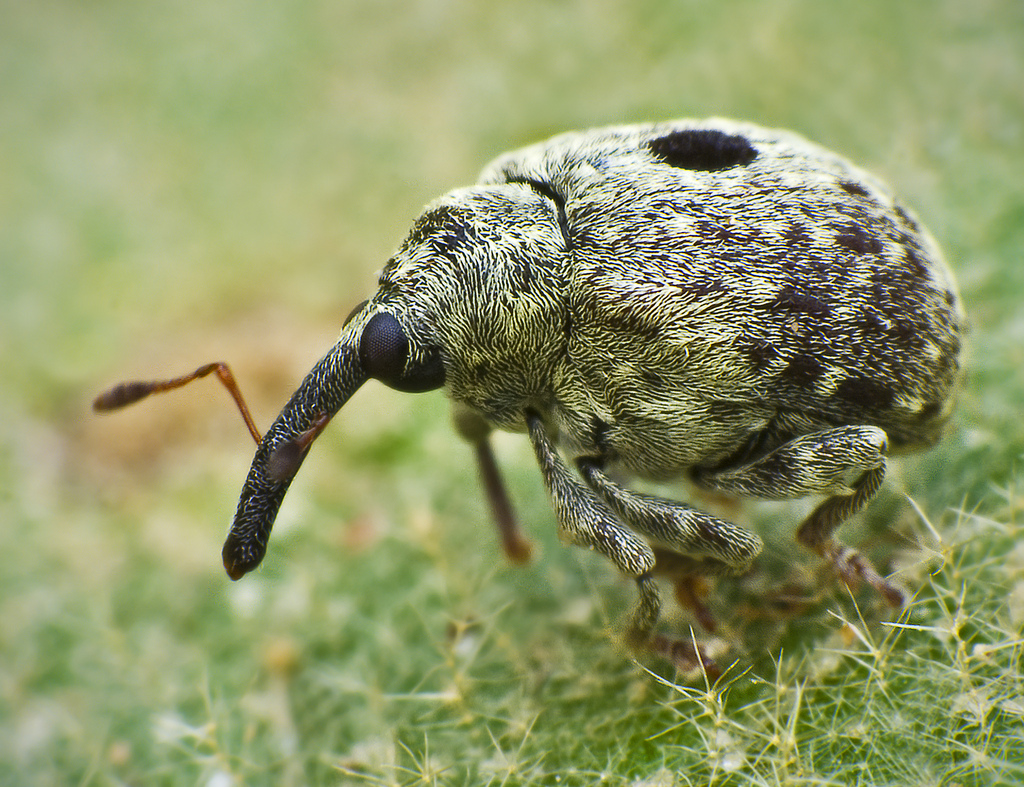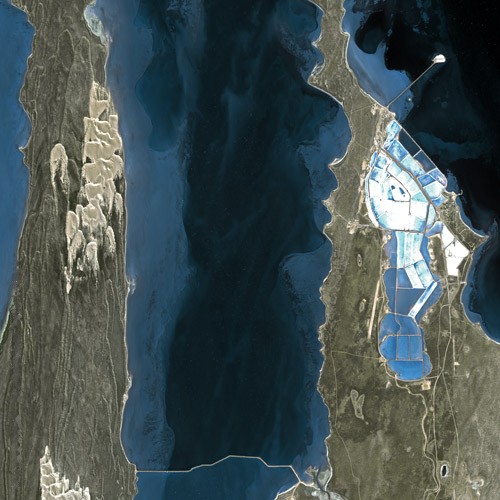|
Gagatophorus Tibialis
''Gagatophorus tibialis'' is a weevil in the Amycterini tribe of the Curculionidae family, endemic to Western Australia. The species was first described by Eustace William Ferguson in 1914 as ''Macramycterus tibialis'', from a specimen collected at Shark Bay, Shark Bay, Western Australia, and was transferred to the genus, ''Gagatophorus'', in 1993 by Elwood Zimmerman, Elwood Curtin Zimmerman.Zimmerman, E.C. (1993) ''Australian weevils (Coleoptera: Curculionoidea) Vol. III Nanophyidae, Rhynchophoridae, Erirhinidae, Curculionidae: Amycterinae''. Melbourne : CSIRO Publications References External links''Gagatophorus tibialis'': images & occurrence data from Atlas of Living Australia {{taxonbar, from=Q101887336 Curculionidae Insects of Australia Insects described in 1914 Taxa named by Eustace William Ferguson ... [...More Info...] [...Related Items...] OR: [Wikipedia] [Google] [Baidu] |
Eustace William Ferguson
Eustace William Ferguson born 24 October 1884 (Invercargill, New Zealand,) died 18 July 1927 ( Wahroonga, New South Wales) was a New Zealand pathologist and entomologist., He was the third child of John Ferguson (clergyman) and Isabella Adie (1854-1929). His eldest brother was Sir John Alexander Ferguson (1881-1969), bibliographer and judge, who wrote the first bibliography of Australia. He was a member from 1908 and president in 1926-27 of the Linnean Society of New South Wales, president of the Royal Zoological Society of New South Wales in 1922-23, a member of the Royal societies of New South Wales and South Australia and of the Royal Institute of Tropical Medicine, London, an associate member of the Australian National Research Council and a member of the Great Barrier Reef Committee. He and his wife, Jessie Perry (1886-1967) had six children, several of whom were notable: *Eustace William Ferguson, General practitioner and surgeon based in Newcastle, NSW. *David Alexander F ... [...More Info...] [...Related Items...] OR: [Wikipedia] [Google] [Baidu] |
Amycterini
Amycterini is a tribe of beetles in the subfamily Cyclominae. Genera ''Acantholophus'' - ''Acherres'' - ''Achorostoma'' - ''Aedriodes'' - ''Alexirhea'' - ''Amorphorhinus'' - ''Amycterus'' - ''Anascoptes'' - ''Antalaurinus'' - ''Atychoria'' - ''Brachyrothus'' - ''Chriotyphus'' - ''Cubicorhynchus'' - ''Cucullothorax'' - ''Dialeptopus'' - ''Dicherotropis'' - ''Ennothus'' - ''Euomella'' - ''Euomus'' - ''Gagatophorus'' - ''Hyborrhinus'' - ''Hypotomops'' - ''Lataurinus'' - ''Melanegis'' - ''Molochtus'' - ''Myotrotus'' - ''Mythites'' - ''Neohyborrhynchus'' - ''Notonophes'' - ''Oditesus'' - ''Ophthalamycterus'' - ''Parahyborrhynchus'' - ''Pseudonotonophes'' - ''Sclerorinus'' - ''Sclerorrhinella'' - ''Sosytelus'' - ''Talaurinellus'' - ''Talaurinus'' - ''Tetralophus'' - ''Xenommamycterus'' References * Ferguson, E.W. 1912: Revision of the Amycterides. Part ii. Talaurinus. Proceedings of the Linnean Society of New South Wales, 37 (1): 83–135, pls. 2–3. * Ferguson, E.W. 1913: Revisi ... [...More Info...] [...Related Items...] OR: [Wikipedia] [Google] [Baidu] |
Curculionidae
The Curculionidae are a family of weevils, commonly called snout beetles or true weevils. They are one of the largest animal families, with 6,800 genera and 83,000 species described worldwide. They are the sister group to the family Brentidae. They include the bark beetles as the subfamily Scolytinae, which are modified in shape in accordance with their wood-boring lifestyle. They do not much resemble other weevils, so they were traditionally considered a distinct family, Scolytidae. The family also includes the ambrosia beetles, of which the present-day subfamily Platypodinae was formerly considered the distinct family Platypodidae. Description Adult Curculionidae can be recognised by the well-developed, downwards-curved snout (Rostrum (anatomy), rostrum) possessed by many species, though the rostrum is sometimes short (e.g. Entiminae). They have elbowed Antenna (biology), antennae that end in clubs, and the first antennal segment often fits into a groove in the side of the ros ... [...More Info...] [...Related Items...] OR: [Wikipedia] [Google] [Baidu] |
Western Australia
Western Australia (commonly abbreviated as WA) is a state of Australia occupying the western percent of the land area of Australia excluding external territories. It is bounded by the Indian Ocean to the north and west, the Southern Ocean to the south, the Northern Territory to the north-east, and South Australia to the south-east. Western Australia is Australia's largest state, with a total land area of . It is the second-largest country subdivision in the world, surpassed only by Russia's Sakha Republic. the state has 2.76 million inhabitants percent of the national total. The vast majority (92 percent) live in the south-west corner; 79 percent of the population lives in the Perth area, leaving the remainder of the state sparsely populated. The first Europeans to visit Western Australia belonged to the Dutch Dirk Hartog expedition, who visited the Western Australian coast in 1616. The first permanent European colony of Western Australia occurred following ... [...More Info...] [...Related Items...] OR: [Wikipedia] [Google] [Baidu] |
Shark Bay
Shark Bay ( Malgana: ''Gathaagudu'', "two waters") is a World Heritage Site in the Gascoyne region of Western Australia. The http://www.environment.gov.au/heritage/places/world/shark-bay area is located approximately north of Perth, on the westernmost point of the Australian continent. UNESCO's official listing of Shark Bay as a World Heritage Site reads: : History The record of Australian Aboriginal occupation of Shark Bay extends to years BP. At that time most of the area was dry land, rising sea levels flooding Shark Bay between BP and BP. A considerable number of aboriginal midden sites have been found, especially on Peron Peninsula and Dirk Hartog Island which provide evidence of some of the foods gathered from the waters and nearby land areas. An expedition led by Dirk Hartog happened upon the area in 1616, becoming the second group of Europeans known to have visited Australia. (The crew of the '' Duyfken'', under Willem Janszoon, had visited Cape York in 1606 ... [...More Info...] [...Related Items...] OR: [Wikipedia] [Google] [Baidu] |
Gagatophorus
''Gagatophorus'' is a genus of weevils belonging to the family Curculionidae, first described by Henri Jekel in 1865. The decisions for synonymy are based on work by Sigmund Schenkling and G.A.K. Marshall (''Pseudamycterus''), and Elwood Zimmerman (''Gagatonotus'' and ''Macramycterus)''. The species of this genus are found in Western Australia. Species Species: *'' Gagatophorus boisduvalii'' *'' Gagatophorus draco'' *'' Gagatophorus leichhardti'' *'' Gagatophorus obsoletus'' *'' Gagatophorus schoenherri'' *''Gagatophorus tibialis ''Gagatophorus tibialis'' is a weevil in the Amycterini tribe of the Curculionidae family, endemic to Western Australia. The species was first described by Eustace William Ferguson in 1914 as ''Macramycterus tibialis'', from a specimen collect ...'' Further reading * References {{Taxonbar, from=Q101887552 Cyclominae Curculionidae genera Animals described in 1865 Taxa named by Henri Jekel ... [...More Info...] [...Related Items...] OR: [Wikipedia] [Google] [Baidu] |
Elwood Zimmerman
Elwood Curtin Zimmerman (December 8, 1912 – June 18, 2004) was an American entomologist best known for his two multivolume series: ''Insects of Hawaii'' published by the University of Hawaii Press and ''Australian Weevils (Coleoptera: Curculionoidea)'' published by Australia's CSIRO.Upton & Oberprieler 2004. Biography During his school years in the hills above Oakland, California, where his father was a woodworker, he developed such a passion for entomology that he acquired the nickname "Bugs." He would go on summer camping trips organized by the Boy Scout leader "Bugsy" Cain, and developed a circle of boyhood friends who went on to become entomologists, including Robert L. Usinger, Judson Linsley Gressitt, and E. Gorton Linsley. At first he collected butterflies, but began to concentrate on weevils at the suggestion of a professor at the nearby University of California, Berkeley. During a camping trip in 1930, he discovered a new species of weevil that became the subject of ... [...More Info...] [...Related Items...] OR: [Wikipedia] [Google] [Baidu] |
Atlas Of Living Australia
The Atlas of Living Australia (ALA) is an online repository of information about Australian plants, animals, and fungi. Development started in 2006. The Commonwealth Scientific and Industrial Research Organisation (CSIRO) is an organisation significantly involved in the development of the ALA. The Atlas of Living Australia is the Australian node of the Global Biodiversity Information Facility. The ALA is being used to help assess suitability of revegetation projects by determining species vulnerability to climatic and atmospheric change. The Atlas of Living Australia is hosted by CSIRO and supported by the National Collaborative Research Infrastructure Strategy.Atlas of Living Australia: Who we are. Retrieved 11 April 2019. See also * |
Insects Of Australia
Insects (from Latin ') are pancrustacean hexapod invertebrates of the class Insecta. They are the largest group within the arthropod phylum. Insects have a chitinous exoskeleton, a three-part body (head, thorax and abdomen), three pairs of jointed legs, compound eyes and one pair of antennae. Their blood is not totally contained in vessels; some circulates in an open cavity known as the haemocoel. Insects are the most diverse group of animals; they include more than a million described species and represent more than half of all known living organisms. The total number of extant species is estimated at between six and ten million; In: potentially over 90% of the animal life forms on Earth are insects. Insects may be found in nearly all environments, although only a small number of species reside in the oceans, which are dominated by another arthropod group, crustaceans, which recent research has indicated insects are nested within. Nearly all insects hatch from ... [...More Info...] [...Related Items...] OR: [Wikipedia] [Google] [Baidu] |



